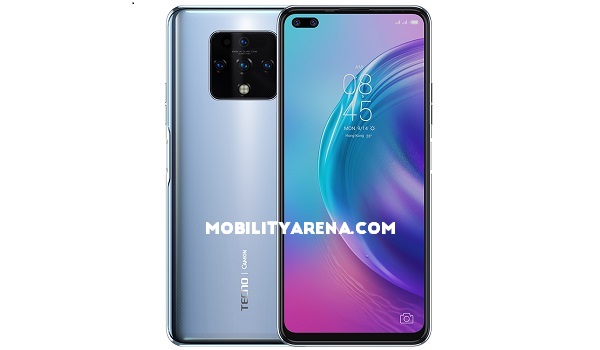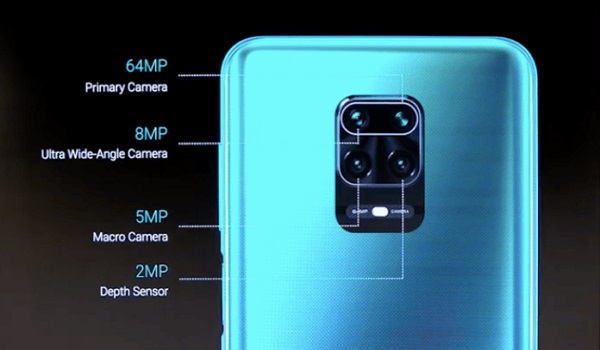We start our week in typical fashion, as a mid-range smartphone duel welcomes us into Christmas week. Today, we bring to you the TECNO Camon 16 Premier vs Xiaomi Redmi Note 9 Pro match-up. Both smartphones have a number of top-notch specs which we will take a closer look at shortly.
The Camon 16 Premier, which was one of the most popular phones from Transsion holdings this year, launched in September, while the Redmi Note 9 Pro was announced in April.
Both smartphones offer a number of interesting specs which we will take a closer look at in no time. We will also consider those features that sets one apart from the other, eventually helping us select which is the better device to purchase (if there is a clear winner).
So, let’s get straight into action and see what both smartphones offer under their respective hoods.
TECNO Camon 16 Premier vs Xiaomi Redmi Note 9 Pro Comparison Table
Come with me and let’s take a much closer look beneath the surface, checking out what both devices really pack underneath.
| TECNO Camon 16 Premier | Redmi Note 9 Pro |
| 2G, 3G, 4G | 2G, 3G, 4G |
| 6.90 inches, 2460 × 1080 pixels, 19.5:9 aspect ratio, 90Hz refresh rate, IPS LCD display | 6.67 inches, 2400 × 1080 pixels, 20:9 aspect ratio, IPS LCD display |
| Android 10 + HiOS 7.0 | Android 10 with MIUI 11 |
| Octa-core MediaTek MT6785 Helio G90T, 2.05GHz | Octa-core Qualcomm SM7125 Snapdragon, 2.0GHz |
| 48MP + 8MP dual selfie cameras | 16MP selfie camera |
| 64MP + 8MP + 2MP + 2MP quad rear cameras with LED flash | 64MP + 8MP + 5MP +2MP low light video sensor quad rear cameras with LED flash |
| 128GB internal storage + dedicated storage via microSD up to 512GB | 64/128GB internal storage + dedicated storage via microSD up to 512GB |
| 8GB RAM | 4/6GB RAM |
| 4,500mAh battery with 33W Fast Charge | 5,020mAh battery with 30W Fast Charging |
| ₦116,000 | ₦112,500 |
TECNO Camon 16 Premier vs Xiaomi Redmi Note 9 Pro: Why You Should Pick the Camon 16 Premier
The Camon 16 Premier features a massive 6.9-inch LCD screen with a 90Hz refresh rate and a slightly better display resolution than the Note 9 Pro, meaning that it provides better images with more detail, making it an absolute delight for gamers.
In the camera department, it features more front cameras than its Xiaomi rival, with better-looking specs too. In the rear, it brings very similar cameras, with four rear cameras taking care of photography business.
The Camon 16 Premier offers more RAM than the Redmi Note 9 Pro, while also bringing a recent Android 10 OS version to the table.

TECNO Camon 16 Premier vs Xiaomi Redmi Note 9 Pro: Why You Should Pick the Note 9 Pro
The Note 9 Pro is a cheaper option than its rival on the day. It is also more compact with a sleek design, making it easier to hold in certain smaller spaces.
It has a bigger battery than its rival, with a massive 5,020mAh power cell taking care of this smartphone’s specs. It shares a number of similarities with the Camon 16 Premier, having the same onboard storage, external storage and rear camera outlay.

TECNO Camon 16 Premier vs Xiaomi Redmi Note 9 Pro: Who Prevails in This Mid-range Duel?
Both devices share an amazing number of specs between themselves, but have a number of marked differences between them. So, which of these mid-range smartphones is the better pick for you?
While the Redmi Note 9 Pro has a number of awesome specs like its incredible battery and ample storage, the Camon 16 Premier is the better device between these two. It not only brings more RAM (letting users enjoy multitasking more) and front cameras, it also has a massive screen that lets users enjoy a more immersive experience with this device.
It also has great cameras and a recent Android 10 OS version with some of the newest security features taking care of business on the software front.
You are reading Mobility Arena, the essential guide for mobile phone users around the world. Be sure to check out our homepage for all the latest news and resources. To be notified of the most important articles and the best smartphone deals, join our WhatsApp Group and follow us on Instagram, Facebook, Twitter, and YouTube. Don’t know where to start? Check out our reviews.
Join the Mobility WhatsApp Group to be notified of the most important articles and deals: Join now
